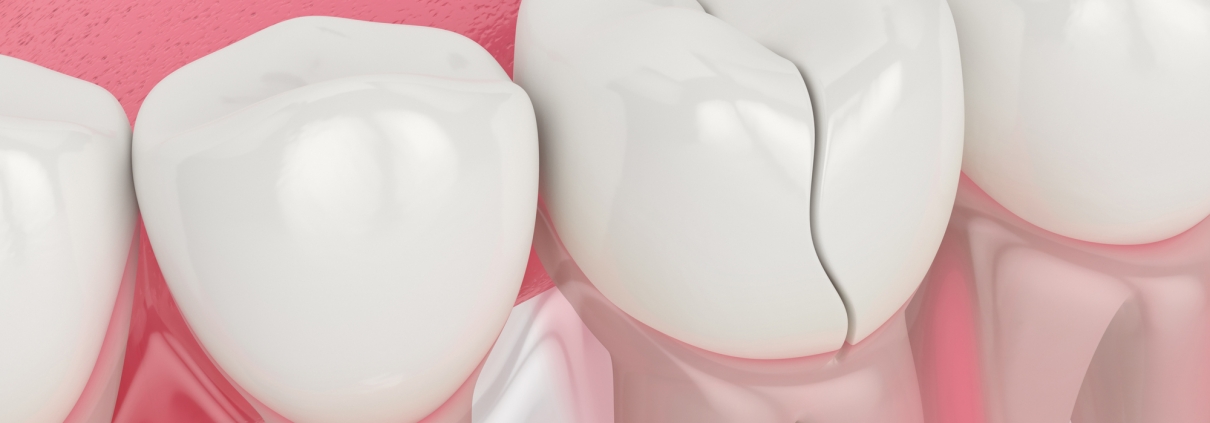Cosmetic dentistry and treatment of broken teeth
People usually seek treatment for broken teeth when they feel pain in their teeth. When a tooth breaks, it usually does not cause pain. Only the sharp edge of the tooth can be felt with the tongue. Of course, if the rate of tooth fracture is high, it will cause a lot of pain and damage to the person.
Teeth usually have a strong structure and can be broken for one of the following reasons:
Eating food that is too hard or too hard for the teeth to bear.
Severe external impact to the mouth due to an accident or fall
Tooth fillings that are old or do not take care of the crown.
Types of tooth fractures
There are different types of tooth fractures that can be classified into the following categories. Note that if you have any of these fractures, see a dentist immediately. Because the presence of a broken tooth can cause further damage.
Chrysalis tooth fracture:
This type of fracture is the mildest. Chrysaline refers to the fine lines on which the enamel is affected. It has no pain and does not cause any problems for the person. Some people may think of a solution to these fine lines on the teeth because of the beauty of the teeth.
Tooth decay:
Fractures of the masticatory teeth are called cusp fractures. These types of fractures are painless but can be injuries that need to be treated.
Cracked teeth:
A tooth crack is a condition in which a crack develops from the surface to the root. If these cracks are treated early, it can prevent complete tooth loss.
Halved teeth:
If a cracked tooth is not treated, it usually causes the tooth to halve. Because this crack spreads and continues to the end of the tooth. In such a case, it is usually not possible to do dental work.
Vertical root fracture:
This type of fracture is the opposite of a cracked tooth and comes from the root to the tooth surface. This type of fracture has no specific symptoms but can cause gingivitis. Vertical root scrub is a type of scrub that should be referred to a dentist soon.
Broken tooth treatment strategies:
Repair of a broken tooth has different treatment plans depending on the degree of fracture, damage or lack of damage to the tooth nerve and the presence or absence of a broken piece.
If the nerve of the tooth (pulp) is not damaged and there is a completely broken piece, the broken piece can be attached to the tooth.

